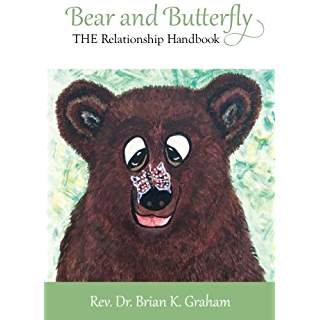One can learn much from looking at the popular culture of a country, or generation. Take, for instance, the popularity of zombies among a certain demographic of the United States. How many movies, television shows and halloween costumes are zombie oriented? What this reflects about this demographic (and I say this without judgement) is a feeling of hopelessness. Hopelessness that we can live lives of fulfillment. Another example of an archetype in our culture is the vampire fascination. It is easy to understand that the underlying message here is the feeling that no matter who we are, others are sucking our freewill from us; that all around us are dangers we might not be able to resist.
These characters are not really all that much different than the dream of falling, or of being naked in public, or failing at our jobs while our bosses are watching. They reflect our deepest fears.
It is easy to dismiss the vampire craze, or the zombie craze, or the allure of someone who looks like a good guy, but is in actuality, a drug dealing mastermind. Do you recall the movies of the 50’s when bugs grew to enormous size because of an encounter with radiation? These movies were a relief valve from the nationwide fear of atomic weapons.
When we take a step back from our observations of our culture we find we can easily determine what is on our minds by what we are spending money to view. These realizations are not to be made fun of; they are ways to hear what is being cried-out to be recognized.
Bear and Butterfly, my third book helps us too look at how we view each other. Do we use the Bear prospective, or the Butterfly prospective? In discovering which we use and how, we learn to communicate with each other more effectively. Get a copy at Amazonbooks.com.

